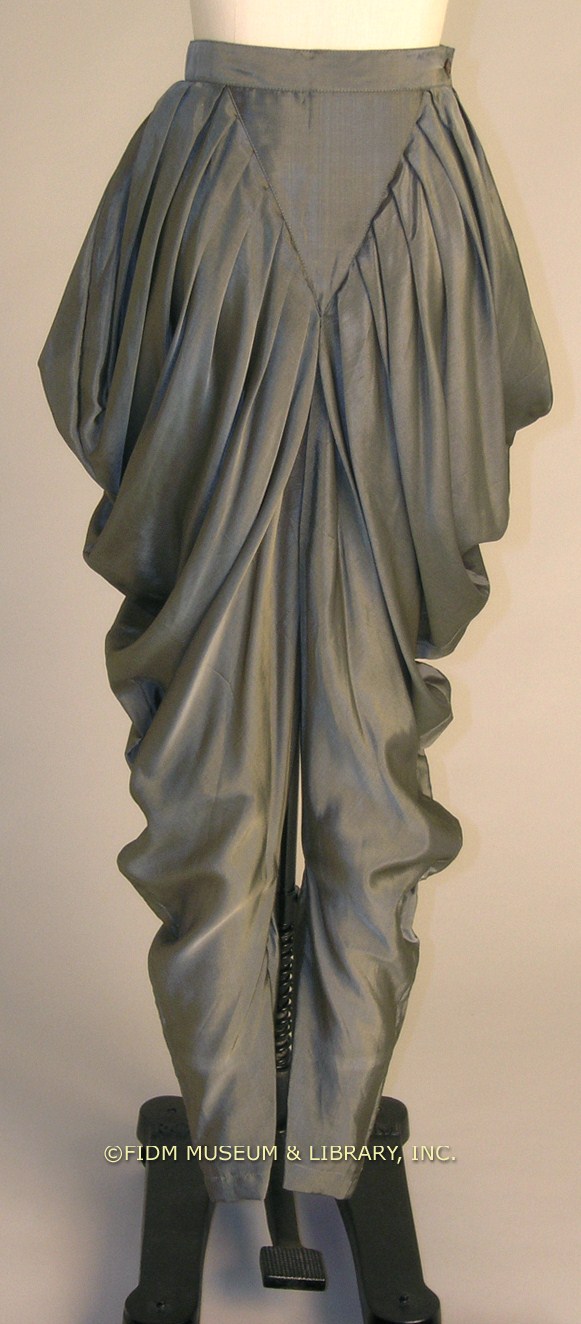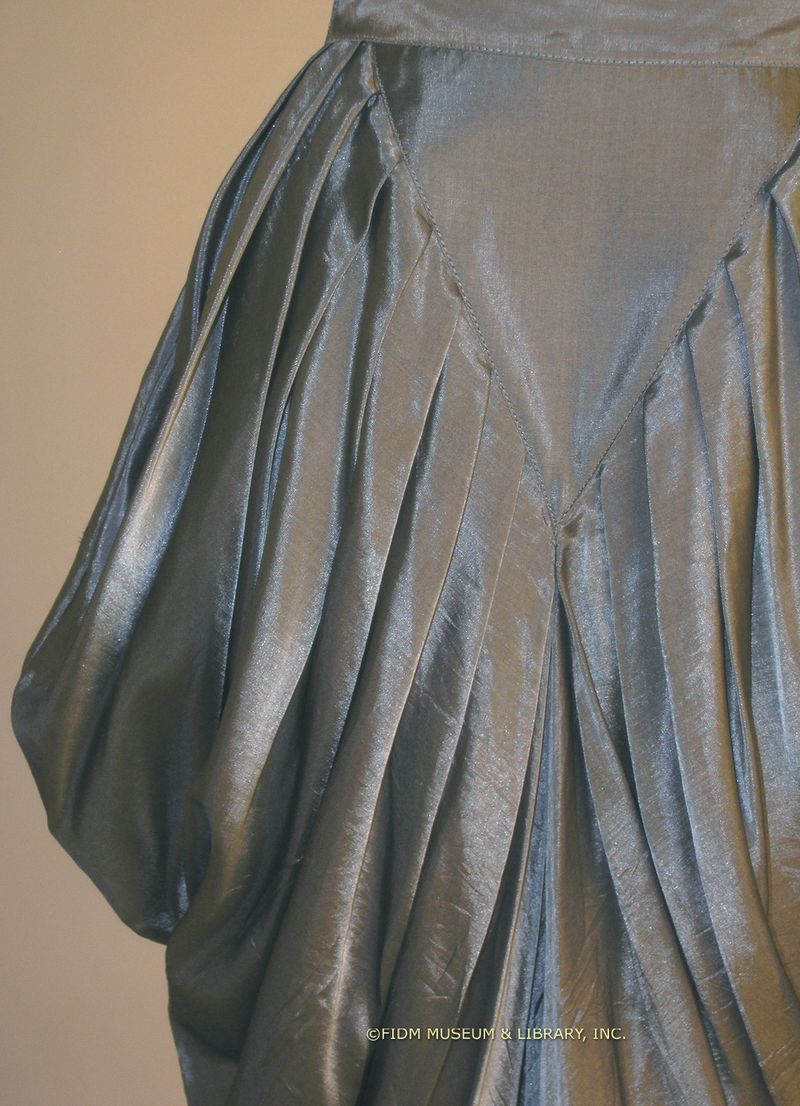Until the early 1980s, most garments designed for Western women were created in reaction to the body. Whether emphasizing and exaggerating a curvaceous form, as in the New Look, or minimizing curves to create a willowy 1960s silhouette, Western fashion consistently promoted an idealized, though shifting, view of the female body. This relationship between clothing and the body began to change in the early 1980s when a small group of Japanese designers introduced new ideas about the body to Western fashion. Rather than working around the body to create garments that accentuated specific physical characteristics, Issey Miyake, Rei Kawakubo and Yohji Yamamoto used the body as a canvas to explore and highlight the garment itself. Though all three designers have directly stated that they'd prefer not to be grouped together, their work shared certain characteristics. Chief among these was a view of the body as somewhat secondary to the garments themselves. In the early 1980s, these designers used the body primarily as a vehicle for the display of oversized, untailored garments crafted from squarish cuts of dark-colored fabric. The loose fit usually demphasized physical characteristics like breasts and hips. These garments frequently utilized new fabric technologies and featured elements of deconstruction.
Paradoxically, Issey Miyake has also demonstrated a consistent interest in pleats, one of the elements of classical Western dress. In 1993, Miyake introduced Pleats Please, a line of garments featuring irregular, extremely narrow, heat-set pleats. In the Pleats Please line, garment shapes are intended to interact with the body, but usually have little relationship with the actual human form. This dress, with its extended back, is a good example of this philosophy. The pair of pleated silk Issey Miyake pants seen below are an earlier experiment in pleating, featuring soft pleats that loosely mimic the shape of the body.
 Issey Miyake
Issey Miyake
1987-89
Gift of the Museum at FIT
97.291.4
Miyake's work has had a clear trajectory, moving from softer garment shapes made from natural fibers to rigid structural forms created from processed, synthetic fibers. In the soft shape of these pants, it's possible to see a foreshadowing of Miyake's later work with Pleats Please. In these pants, the pleats are created through the process of construction. Because it is impossible to create permanent pleats in silk fiber, if all the seams were undone these pants would unfurl to a flat plane of fabric. Miyake's later, heat-set pleats are impossible to undo, imposed on the synthetic fibers through an industrial process.
Despite their softness and relaxed silhouette, the inverted-V silhouette of these pleated pants and their shiny surface suggest an insect or sea creature. The resemblence to a protective shell indicates Miyake's interest in housing the body, rather than showcasing its form. This conception of clothing is an acknowledgement of its most basic function, that of protection from the elements. In the midst of garments bearing needless (though often aesthetically pleasing!) embellishment and decoration, Miyake's return to basics is perhaps the most avant-garde stance possible.



I really want to own these pants. It’d be a LEWK that I’d WERK for sure.
Jude, if these vanish from storage, I’ll know who to ask! I’ll be watching you!